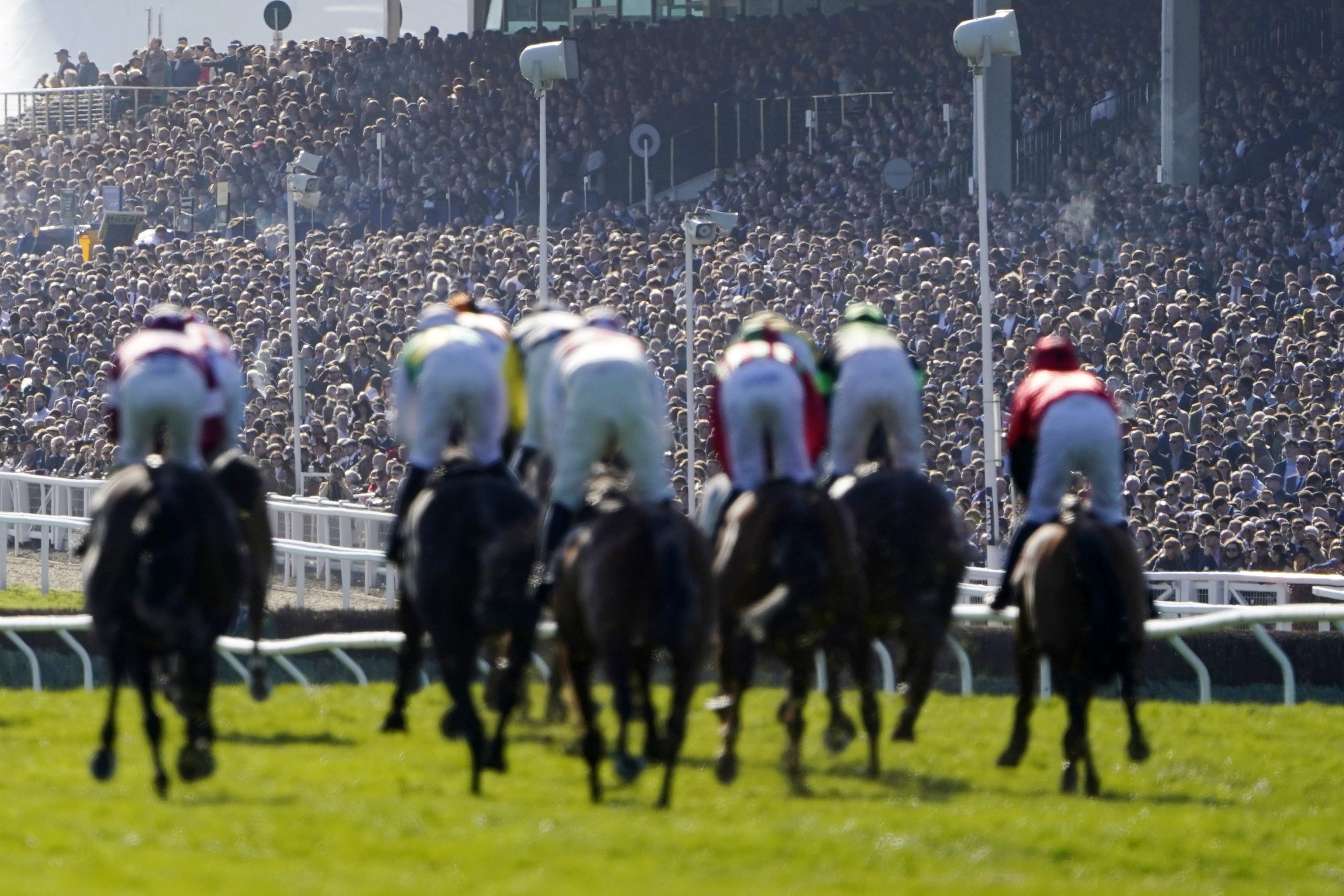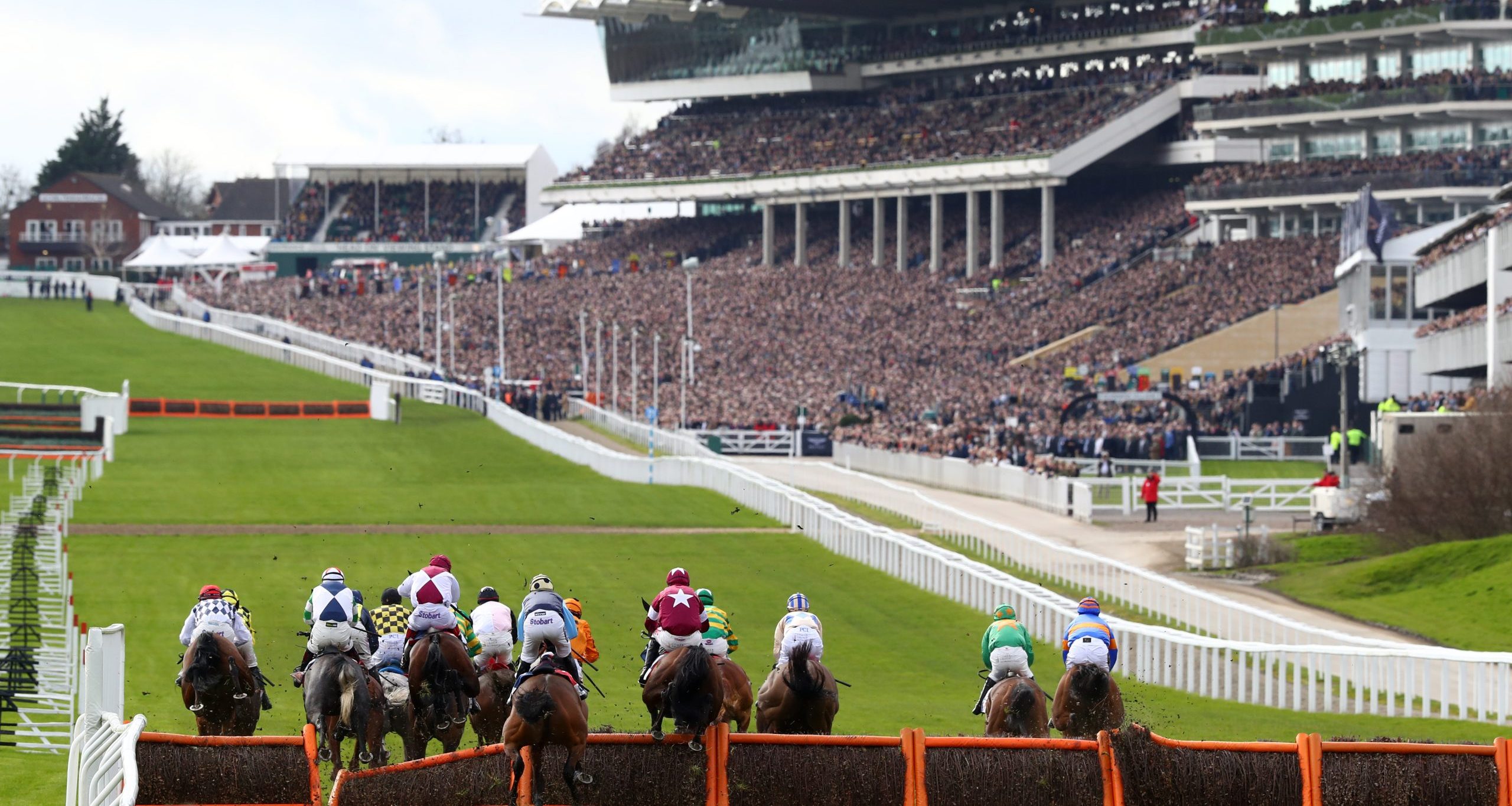
The sport of horse racing in the UK is rich in history and full of variety, but its two main forms — flat racing and jump racing — often divide fans. Whether you’re a seasoned racegoer or a newcomer deciding which meet to attend, understanding the differences between these two racing codes can help you appreciate the full spectrum of British racing.
What is Flat Racing?
Flat racing is the most straightforward form of the sport. As the name suggests, these races are run on level ground with no obstacles. They are typically shorter in distance, ranging from five furlongs (about 1,000 meters) to just over two miles. Horses in flat races are usually younger, and the emphasis is on speed, strategy, and breeding potential.
The UK flat racing season runs primarily from March to November, with major events such as Royal Ascot, The Derby at Epsom, and the 2,000 Guineas drawing huge crowds. These races are steeped in tradition and glamour, often attended by royalty and celebrities.
What is Jump Racing?
Jump racing — also known as National Hunt racing — adds a layer of challenge by including hurdles and fences for horses to clear. These races are generally longer, testing stamina and jumping ability as much as speed. Horses in jump races tend to be older and more experienced.
The jump racing season peaks during the colder months, from October through April, culminating in iconic events like the Cheltenham Festival and the Grand National at Aintree. These races are renowned for their thrilling unpredictability and emotional highs and lows.
Popularity in Numbers: Attendance and Betting
To gauge which racing format holds more sway with the public, we can turn to attendance and betting statistics.
- Attendance: According to data from the Racecourse Association, flat racing draws more attendees annually. In 2023, flat racing events accounted for around 60% of the UK’s total racecourse attendance, largely due to summer fixtures and marquee social events like Royal Ascot and Glorious Goodwood.
- Race Calendar: Flat racing also dominates in terms of fixture volume. Of the approximately 1,500 horse racing meetings scheduled in the UK annually, about 60% are flat races. This is partly due to more favourable weather and a wider pool of flat-eligible horses.
- Betting Handle: Interestingly, jump racing commands a significant portion of betting interest despite fewer fixtures. During the Cheltenham Festival alone, UK bookmakers reportedly took in over £500 million in bets in 2024. By comparison, even though the flat season has more meetings, individual betting volumes per race tend to be slightly lower.
Of course, horse racing betting thrives across both codes, with punters enjoying the unique characteristics each one offers — be it the tactical nature of flat sprints or the dramatic comebacks seen over fences.
What Do the Fans Say?
Public opinion adds another layer to the debate. In a 2023 survey conducted by YouGov and the British Horseracing Authority, fans were nearly split:
- 52% preferred flat racing, citing the speed, elegance, and shorter race durations.
- 45% leaned towards jump racing, valuing the drama, tradition, and test of endurance.
- The remaining 3% had no strong preference but appreciated the diversity of the sport.
We also spoke to fans at the 2024 Cheltenham Festival and 2024 Royal Ascot to get personal perspectives:
- “There’s nothing like the roar of the Cheltenham crowd. Every fence is a heartbeat,” said Tom, a jump racing enthusiast from Liverpool.
- “Flat racing feels like fashion, finesse, and top-tier sport all in one,” noted Alice, a regular at Ascot.
Two Codes, One Passion
While flat racing edges out in attendance and fixture volume, jump racing continues to capture the imagination of many fans, especially during its key festivals. Ultimately, both forms of racing contribute to the richness of the UK’s horse racing scene. Whether you prefer the high-octane sprints on the flat or the nail-biting jumps over hurdles and fences, the sport offers something for every type of racing fan.
So, why choose? The UK racing calendar is designed to let you enjoy both, each in its season, each with its unique flavour.
















